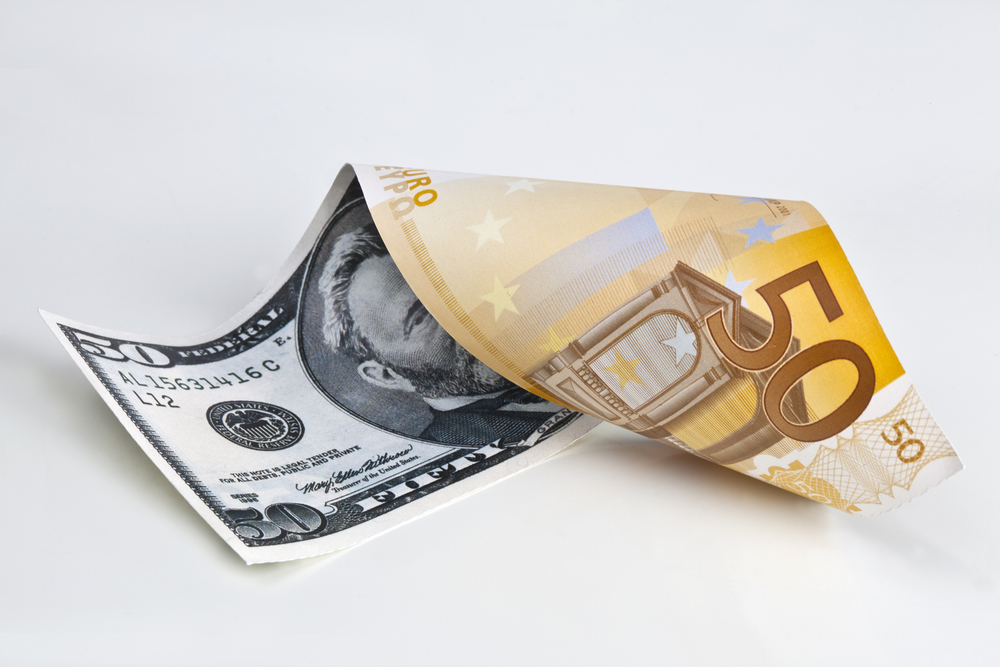On Thursday, the dollar hovered around its 16-month high in the Asian trade market, losing ground to the New Zealand dollar. Sooner, the dollar had fallen against the pound and yen as traders assessed the U.S. dollar and its recent surges. The recent changes and fluctuations in the currency markets were mainly driven by the Markets’ assessment of the upcoming inflations set by the global central banks.
The New Zealand dollar had a 0.38% increase in value to $0.7023 on Thursday. This price increase was after the release of a survey by the central banks that showed the near-term inflation should rise. Sterling had a 0.5% increase in value the day before and is now at a one-week high against the dollar. This price increase occurred after the Bank of England announced the hike rates. The October inflation pressures mainly cause the rate hikes in the U.K. The British currency, with a slight increase in value, was at $1.3502.
On Thursday, the dollar declined against the Japanese currency, the yen. The dollar fell to 113.86 yen, but some signs of regains were shown on Wednesday and hit 114.97. The euro stood at $1.1327 on Thursday, hovering close to its 16-month low.
Outlook on the Future of the dollar
The U.S. currency’s recent rally was partly fueled by the strong U.S. retail sales data that was released earlier this week. The rally mainly started after a strong U.S. inflation print bolstered market bets. The bests were mainly on the state that the Federal Reserve will raise rates around the middle of next year to respond to inflation. On Wednesday, the U.S. currency index measures the dollar against a basket of six foreign currencies. It hit 96.226. This is the highest value since July of 2020.
Luc Luyet, the F.X. strategist at Pictet Wealth Management, believes that the sustainability of the dollar rate will remain uncertain at this point. That is because the Market expectations of the Fed are hawkish. This is while the bull in the market uses this drop in the dollar as a chance to buy higher amounts.
The analysts at the Westpac mentioned in a note that the dips rarely occur lately, therefore anything near the low-95s is a good opportunity to buy. In other parts of the world, the oil prices continue to hurt the commodity currencies and are now at six-week lows.
The Canadian dollar remains at its six-week low of 1.2622 per U.S. dollar. The Bank of Canada should start raising its rates from the start of next year. The Aussie also stood at its six-week low of $0.7263.















